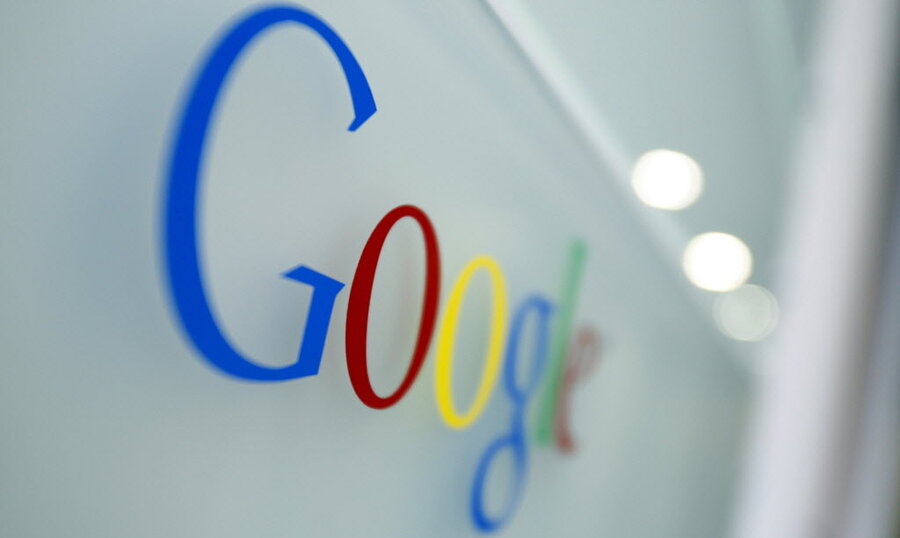Google 'buy' buttons let users shop directly from ads
Loading...
Google says it wants you to start shopping directly through the ads that appear on your phone.
Eager to get in the e-retail game, Google announced that it will begin to test “buy" that will appear on mobile advertisements. The move is meant to make online purchasing easier than ever by letting users buy products with just the click of a button using the payment information linked to their Google accounts. While many companies are trying similar methods to make it easier to shop online with just a click or a swipe, Google could have a competitive advantage due to its dominance over the world of search engines, observers say.
“Google’s buy button, combined with its Android Pay feature, could drive shopping on mobile by reducing the number of hoops that people have to jump through in order to buy something on their phone,” wrote Ruth Reader for Venture Beat.
“Google’s new purchasing platform is also interesting because it comes at a time when a ton of major technology companies are investing in similar efforts. There’s PayPal, Apple Pay, and soon Samsung Pay. Where Google potentially has an edge is in search,” she noted.
Because of the ubiquity of the Google search engine, the company is in an unparalleled position to take advantage of the growing online retail market. According to the financial advisory firm Deloitte, digital devices will have influenced $2.2 trillion worth of US retail sales by the end of 2015.
Google says its role lies in making the connection between customers and companies a little more streamlined, specifically by making it easier for users to shop directly on their mobile phones instead of waiting to get to a computer and log into a company page. The offer will be attractive to those who want the ease of buying directly from ads, and to users who already have their account information linked to Google Play.
Although Google will be hosting the shopping page, however, consumers will still purchase the products directly from the companies themselves. The company’s branding will also remain on the purchase page.
While this may be a good deal for retailers promoting their merchandise, “buy buttons” will also be good for Google’s bottom line, as more advertisers will be motivated to buy ads through the search engine if it increases their number of sales.
Still, it remains to be seen whether “Purchases on Google” will be able to catch up with established online retail companies like Amazon and eBay. Many customers, however, are already accustomed to purchasing through Amazon at the click of a button, and some may be reluctant to add their account information to yet another digital platform.
Questions also remain over whether Google’s search engine would privilege companies that use the Google “buy buttons”.
The new initiative, officially known as “Purchases on Google”, was unveiled during a press conference in New York on Wednesday. During the event, company representatives revealed that around a dozen US companies will start to roll out the “buy buttons” over the coming weeks. For now, the feature will only be available in the United States.








